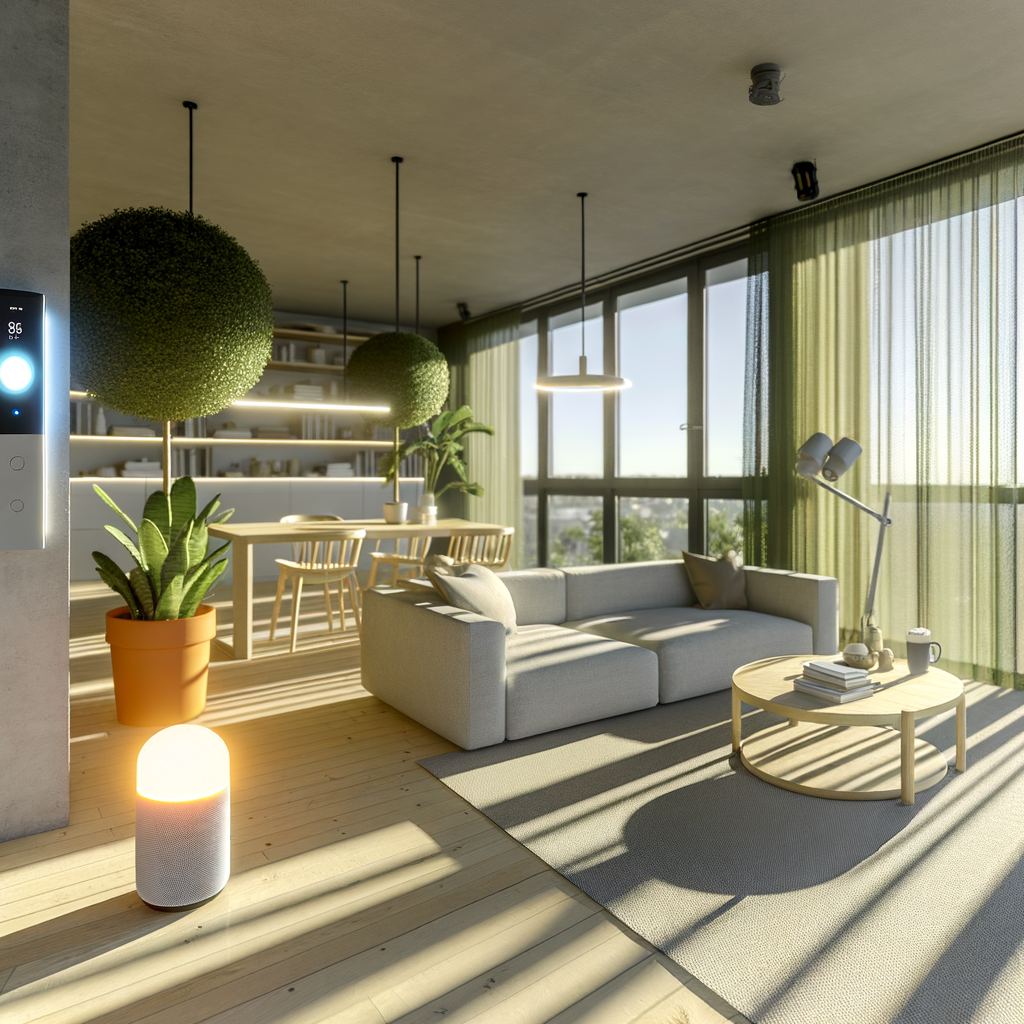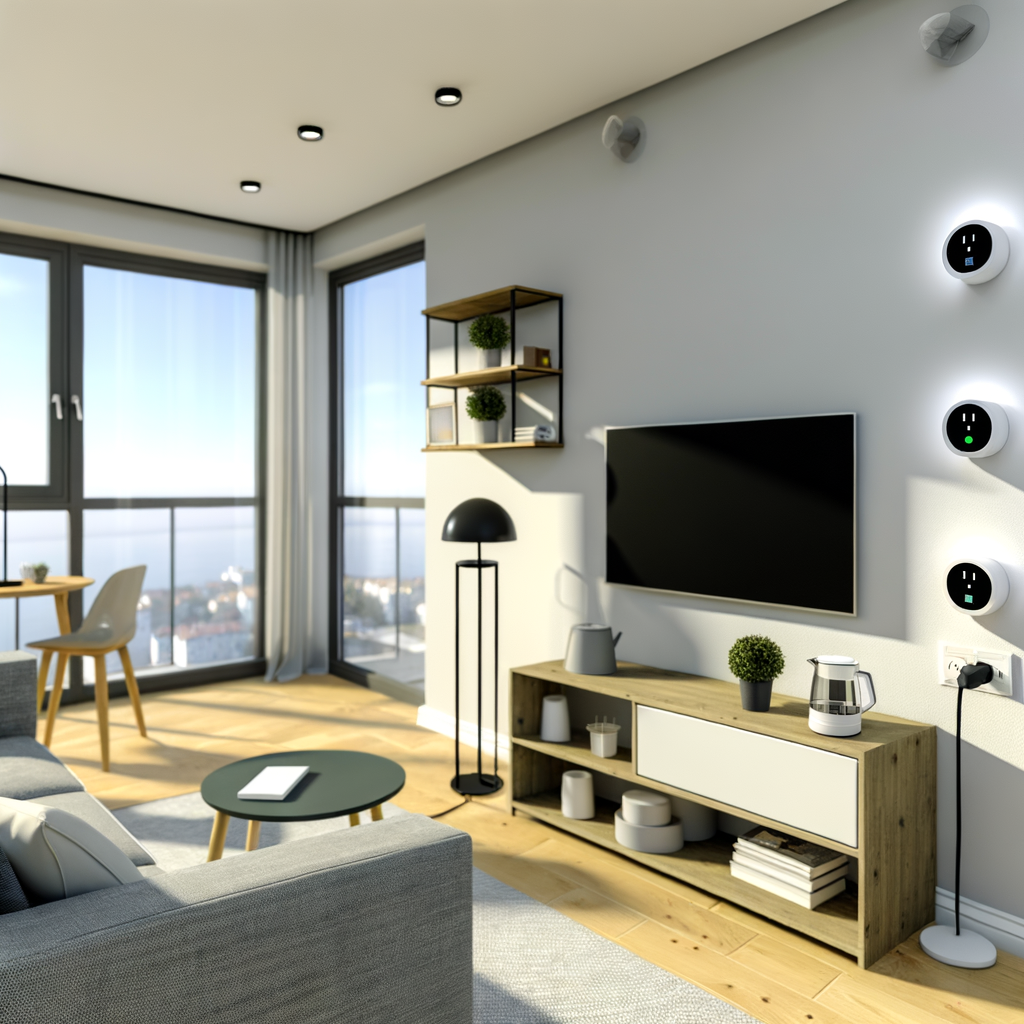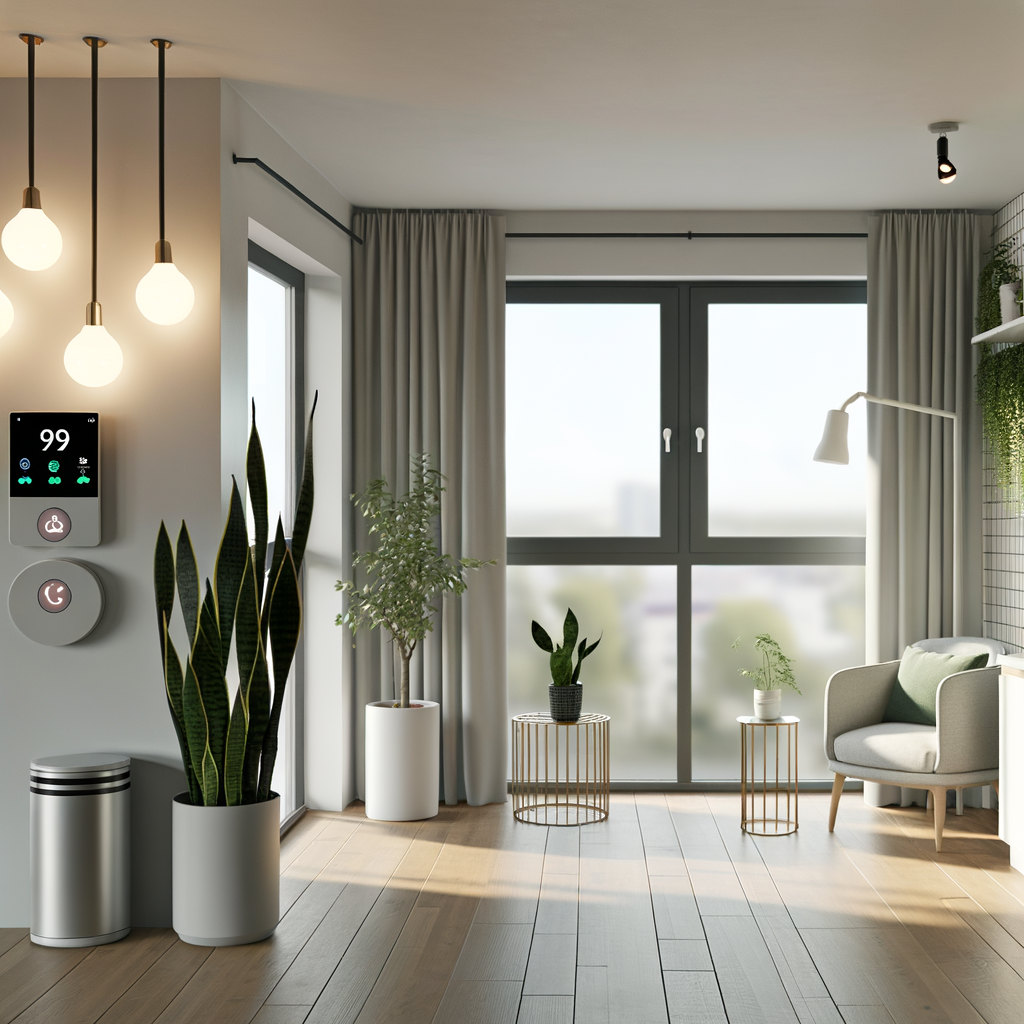Myth-Busting Smart Homes: 7 Sustainability Misconceptions Every Renter Should Know
Smart home technology is everywhere these days. From smart thermostats and light bulbs to voice assistants and leak detectors, these devices promise comfort, security, and savings. But when it comes to sustainability, confusion and myths abound—especially for renters just starting their eco-friendly journey. Does adding gadgets actually help the planet? Is a green smart home even possible in a rental unit?
Let’s break down the most common misconceptions about smart homes and sustainability. We’ll separate truth from hype and offer actionable advice so you can maximize your apartment’s eco-potential—no matter your lease terms.
1. Myth: Smart Homes Are Only for Homeowners
Many renters believe that eco-conscious smart technology is off-limits to them. After all, they don’t own the space, so what’s the point—right? Wrong!
Why Renters Shouldn’t Miss Out
- No-permanent-installation devices: Many smart devices, such as plugs and bulbs, require no hardwiring or permanent alteration—making them perfect for rentals.
- Cost and energy savings: Renters pay their own utility bills. Smart tech can help reduce monthly expenses and carbon footprint.
- Take them with you: Most plug-and-play devices are portable—just uninstall and go when you move.
Actionable Tips for Renters
- Focus on “plug-in” smart devices—bulbs, plugs, hubs, sensors.
- Check your lease or ask your landlord before installing anything hardwired.
- Document before/after photos to ensure you can restore any changes.
2. Myth: Smart Devices Are Energy Hogs
Some skeptics argue that adding smart devices just increases “phantom load” or standby power use. The logic: if your home is packed with connected gadgets, you’re burning more energy—not less.
The Truth About Smart Device Energy Use
- Standby energy is minimal: Most smart plugs, bulbs, and hubs draw very little power—typically less than 1 watt in standby mode.
- Net savings: When used correctly, smart devices more than offset their own energy use by preventing waste (turning off forgetful appliances, smart scheduling, etc.).
Actionable Advice for Efficiency
- Use smart power strips or plugs to cut “vampire power” when not needed.
- Set schedules for lights or electronics to run only when in use.
- Regularly check device energy reports (if your device supports it) to spot hidden energy drains.
3. Myth: Smart Thermostats Don’t Work in Rentals
It’s a common complaint: “I can’t replace the thermostat in my apartment, so smart climate control is impossible.” Actually, you have more options than you might realize.
Smart Climate Control Tricks for Renters
- Ask permission: Some landlords will allow hardware upgrades if the devices are modern, compatible, and can be swapped back when you leave. Offering to restore the original is key.
- Use smart radiator valves: In buildings with radiators, these attach without plumbing work and give room-by-room scheduling and remote control—no need to access the “main” thermostat.
- Portable solutions: Smart AC controllers (like Sensibo) work with many window or portable ACs and let you automate cooling without any electrical work.
Steps to Implement
- Research non-invasive options like smart radiator valves, AC controllers, or plug-in space heater timers.
- Communicate with your landlord. Emphasize safety, reversibility, and potential energy savings.
- Keep the original hardware in a safe place for reinstallation at lease end.
4. Myth: Smart Homes Are Too Expensive to Be Sustainable
Sustainability doesn’t have to break the bank. While smart homes can get pricy with all the “bells and whistles,” starting small delivers real benefits.
High-Impact, Low-Cost Devices
- LED smart bulbs: Use a fraction of the energy of incandescents and offer scheduling, dimming, and remote control.
- Smart plugs: Make any appliance on/off controllable and scheduleable for under $20 per device.
- Water leak sensors: Protect your deposit and avoid water waste from hidden leaks.
How to Build Your Smart Home on a Budget
- Start with one device in a high-use area (like a smart bulb in the living room).
- Look for starter kits or bundles—they often cost less per device.
- Remember: even a single smart plug on your TV or coffee maker can prevent waste and save money over time.
5. Myth: Smart Homes Are All About Gadgets, Not Actual Sustainability
Some critics call smart homes a “gimmick”—nice to have, but not truly sustainable. The reality: when chosen thoughtfully and used intentionally, smart devices have a measurable green impact.
Real-World Sustainability Benefits
- Reduced energy waste: Smart thermostats and plugs minimize unnecessary heating, cooling, or “always-on” electronics.
- Water conservation: Leak detectors prevent waste and property damage; smart irrigation systems avoid overwatering.
- Behavioral nudges: Energy and water tracking features help you visualize (and change) your consumption habits.
Maximize the Impact
- Don’t just automate—review data and adjust behavior accordingly.
- Pair smart tech with simple habits: unplugging, air drying laundry, using blinds for passive heating/cooling.
- Choose devices made with recycled or recyclable materials if available.
6. Myth: Privacy Risks Outweigh Sustainability Gains
It’s wise to be concerned about privacy, but dismissing all smart technology over data fears means missing out on genuine sustainability wins.
What Renters Should Know
- Not all devices “listen”: Simple smart plugs or bulbs don’t record audio or video.
- Local control is possible: Many devices have offline modes or can be controlled via encrypted apps or local networks.
- Settings matter: Disclose only the info needed; some devices allow you to opt out of cloud features.
Protecting Privacy While Staying Green
- Choose trusted brands that offer transparency in their privacy policies.
- Disable unnecessary features and review permissions regularly.
- Update device firmware to patch security vulnerabilities.
7. Myth: Smart Tech Is a “One-and-Done” Fix
It’s easy to think installing smart devices means your sustainability work is finished. But real, lasting impact comes from ongoing use—plus pairing with other green habits.
Why Mindset and Habits Matter
- Continuous improvement: Review weekly usage reports, adjust automations, and stay curious about new savings opportunities.
- Combine with non-tech solutions: Weatherstripping windows, mindful water usage, and energy-efficient curtains make your smart devices even more impactful.
- Community and advocacy: Share your results with building management or neighbors—sometimes a single pilot project can inspire wider upgrades.
Renters’ Action Plan
- Set monthly goals (e.g., reduce lighting use by 15%). Track with your smart devices’ app or utility statements.
- Join local eco-friendly renter or sustainability groups for idea-sharing and support.
- Encourage your landlord to take on bigger changes, like common-area LED upgrades or property-wide smart thermostats.
Conclusion: Smart Sustainability for Modern Renters
Smart homes aren’t just for tech enthusiasts or luxury homeowners—they’re a practical, renter-friendly path to making any living space more sustainable. Once you




